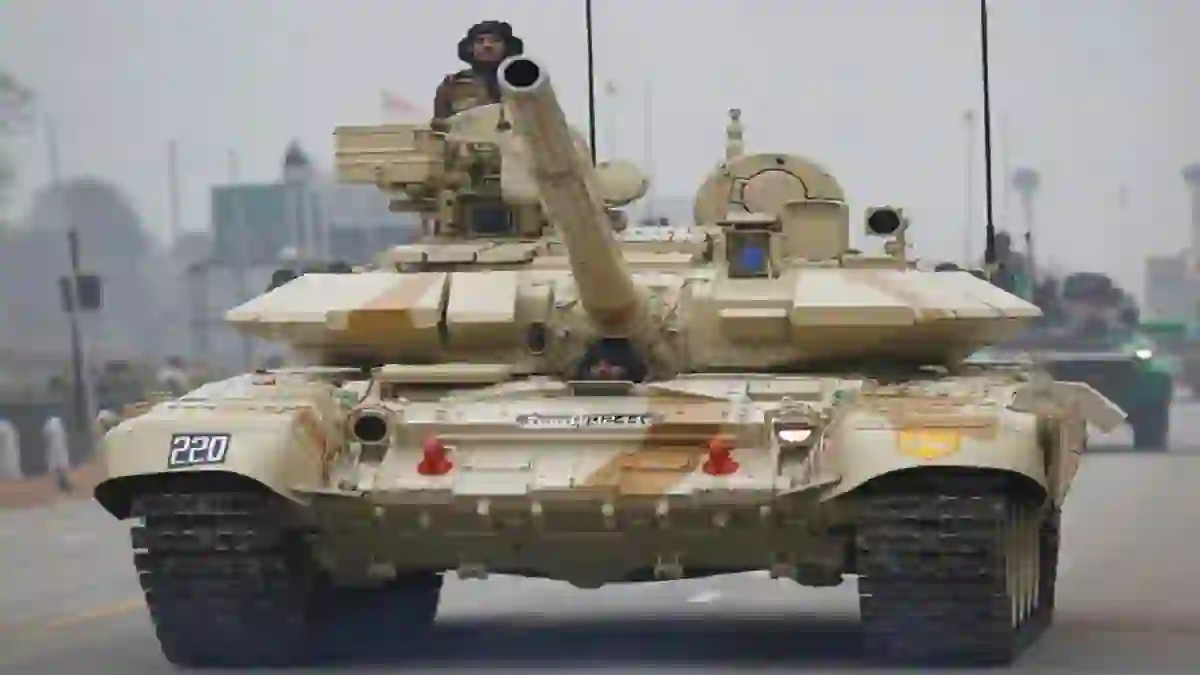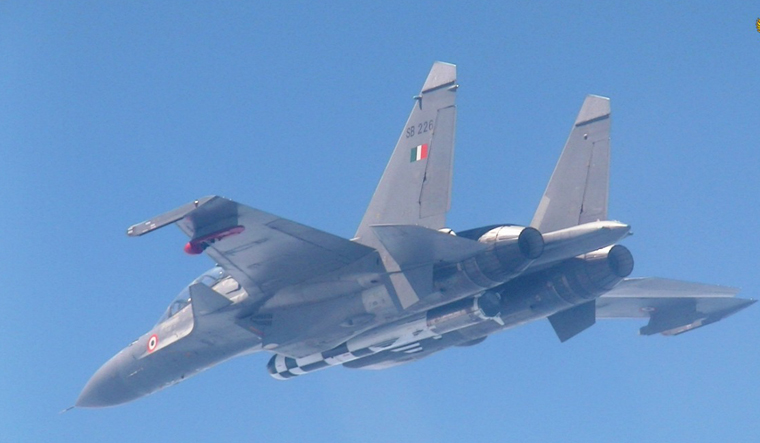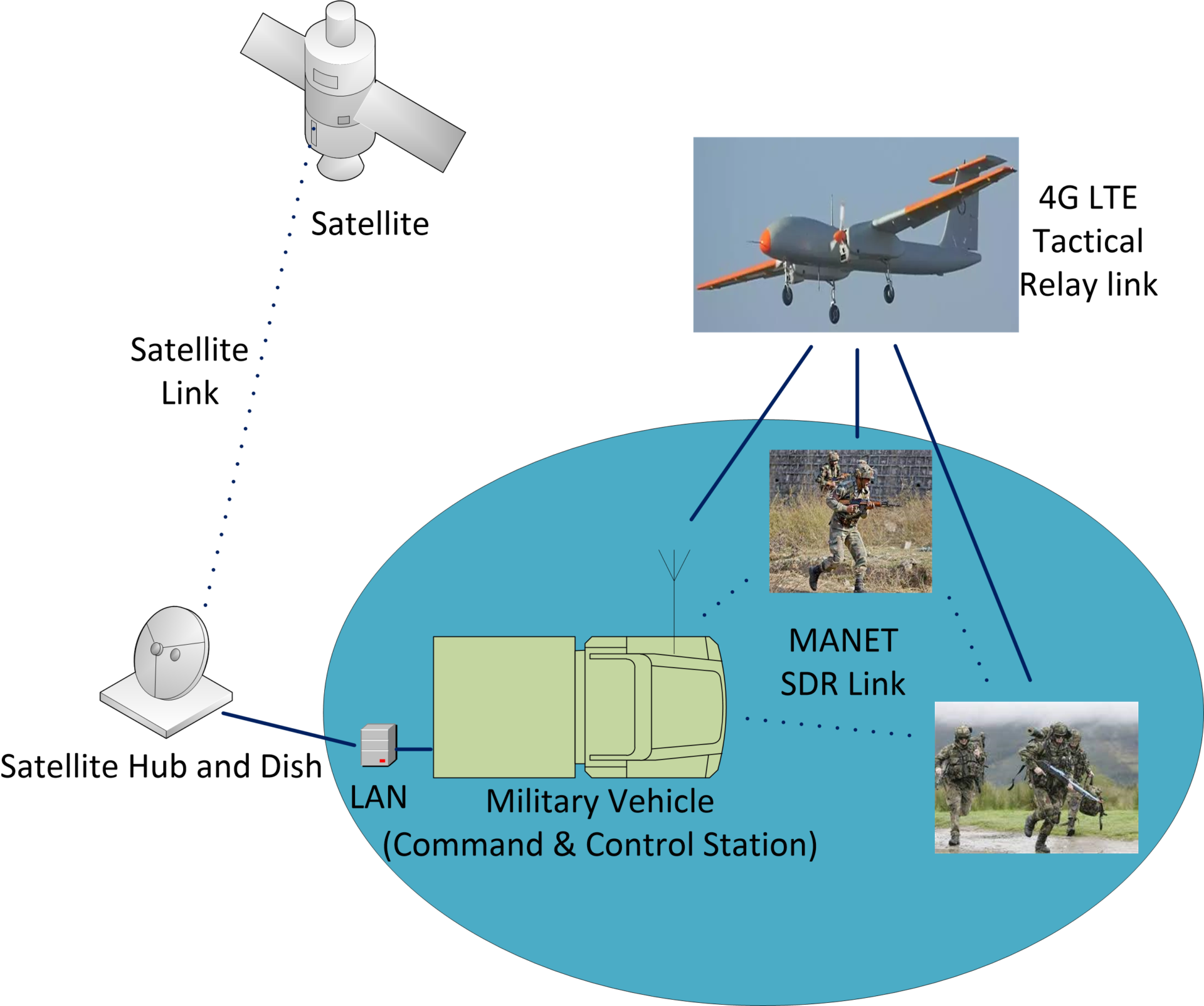SOURCE: RAUNAK KUNDE / NEWS BEAT / IDRW.ORG


In a significant development for India’s military modernization, the Defence Research and Development Organization (DRDO) has confirmed the existence of Project Virupaksha, an ambitious project aimed at upgrading the Su-30MKI fighter jets with advanced Active Electronically Scanned Array (AESA) radars.
According to Dr. B.K. Das, the Director General for Electronics and Communication Systems at DRDO, Project Virupaksha will equip the Su-30MKI with a state-of-the-art AESA radar, offering enhanced capabilities such as simultaneous radar functionalities, air surveillance, air-to-ground targeting, and weapon control.
Continue readingSOURCE: RAUNAK KUNDE / NEWS BEAT / IDRW.ORG


In a strategic move to deepen defence ties, India has proposed a modified version of its Nilgiri-class frigate to the Brazilian Navy. This offer comes as Brazil is expanding its naval capabilities with the Tamandaré-class frigate program.
Currently, Brazil operates one Tamandaré-class frigate, the ‘Jerônimo de Albuquerque’, with three more under construction. Built by ThyssenKrupp Marine Systems, these ships have a displacement of around 3,500 tons. In contrast, the Indian-built Nilgiri-class frigate is significantly larger, boasting a displacement of 6670 tons.
Continue readingSOURCE: RAUNAK KUNDE / NEWS BEAT / IDRW.ORG


Dassault Maintenance and Repair Organisation, India (DAMROI) is set to significantly bolster the Indian Air Force (IAF) with the establishment of a new maintenance hub in Noida, Uttar Pradesh. This state-of-the-art facility will specialize in servicing the IAF’s fleet of Mirage-2000 and Rafale fighter jets, promising faster turnaround times and cost-efficiency.
Currently, the IAF operates around 50 Mirage-2000 aircraft, acquired in the 1980s, and two squadrons of 36 Rafale jets, recently inducted into service. The new DAMROI facility will play a crucial role in ensuring the optimal operational readiness of these fighter aircraft.
Continue readingSOURCE: IDRW.ORG TEAM


A fierce competition is brewing for the Argentine Army’s upcoming utility helicopter acquisition program. European aerospace giant Airbus Helicopters has officially submitted a bid for its H145M multi-purpose helicopter to replace the aging Bell UH-1H Iroquois fleet.
The H145M, renowned for its versatility and advanced avionics, is set to face stiff competition from India’s Hindustan Aeronautics Limited (HAL), which has offered its ALH-Dhruv helicopter. This development marks a significant opportunity for both companies to expand their global footprint.
Continue readingSOURCE: IDRW.ORG TEAM


The Indian Army is taking significant steps to enhance the survivability of its fleet of T-90 main battle tanks (MBTs) in the face of evolving battlefield threats. To counter the growing menace of shaped grenades, guided missiles, and FPV drones, the Army plans to equip these tanks with specialized mesh screens and nets. These protective measures will shield the engine and transmission compartment, as well as the vulnerable aft part of the turret.
India operates approximately 1,100 T-90 MBTs, which are undergoing phased upgrades to the MS configuration. This modernization initiative aims to bolster the tanks’ capabilities across multiple domains. Earlier this year, a notable milestone was achieved with the delivery of the first batch of 10 T-90 Mk-III MBTs by the state-owned Armoured Vehicles Nigam Limited (AVNL).
Continue readingSOURCE: RAUNAK KUNDE / NEWS BEAT / IDRW.ORG


Rekise Marine Private Limited has secured a significant contract under the Indian Navy’s iDEX Aditi 1.0 Challenge to develop the Jalkapi Autonomous Underwater Vehicle (AUV). This advanced subsea platform is designed for extended underwater survey missions and can operate for up to 45 days without resupply.
The Jalkapi, with its impressive dimensions of approximately 10 meters in length and 2 meters in diameter, is equipped with a robust suite of sensors including EO/IR cameras, multi-beam echo sounders, and sonar systems. The AUV will also incorporate advanced navigation and obstacle avoidance systems to ensure safe and efficient operations.
Continue readingSOURCE: RAUNAK KUNDE / NEWS BEAT / IDRW.ORG


Noida-based Raphe mPhibr Pvt. Ltd has emerged victorious in the Indian Navy’s iDEX Aditi 1.0 Challenge. The company has been tasked with developing an indigenous high supersonic to hypersonic propulsion system for fixed-wing flying objects such as missiles and aircraft.
This significant win underscores Raphe mPhibr’s expertise in propulsion technology and its potential to contribute significantly to India’s defence capabilities. Developing such a propulsion system is a crucial step towards achieving self-reliance in advanced aerospace technologies.
Continue readingSOURCE: RAUNAK KUNDE / NEWS BEAT / IDRW.ORG


In a significant boost to India’s defence manufacturing capabilities, Russia is set to supply essential metallurgical inputs for the overhaul of the Sukhoi-30MKI fighter jet fleet.
State-owned Hindustan Aeronautics Limited (HAL) will undertake the overhaul process at its facility in Koraput, Odisha. The supply of raw materials and processed components, including superalloys, is crucial for the maintenance and upgradation of these aircraft.
Continue readingSOURCE: IDRW.ORG TEAM


William L. Blair, Vice President & Chief Executive of Lockheed Martin India, recently highlighted a significant advantage that the F-21 fighter jet could offer to the Indian Air Force (IAF) as part of the Multi-Role Fighter Aircraft (MRFA) tender. The F-21, Lockheed Martin’s advanced version of the F-16V, is powered by the General Electric F110-GE-129 afterburning turbofan engine. This engine, Blair noted, could provide an added edge due to the IAF’s existing familiarity with General Electric’s engines, specifically the F404 and F414 engines that power India’s Tejas Mk1A and MkII fighter jets.
Although the F110-GE-129 engine is not directly based on the F404 and F414 engines, Blair emphasized that the growing General Electric (GE) supply chain in India, which is being developed to maintain and support the F404 and F414 engines, will play a crucial role. This supply chain infrastructure will enable India to manage and maintain the F110-GE-129 engines more effectively within the country, reducing reliance on external support and enhancing operational efficiency.
Continue readingSOURCE: IDRW.ORG


Velmenni, a frontrunner in Li-Fi (Light Fidelity) technology, has secured a substantial grant from the Ministry of Defence (MoD) under the iDEX initiative. This funding marks a significant step towards revolutionizing secure wireless communication for the Indian Navy, particularly in addressing the unique challenges faced in modern warfare.
The iDEX program serves as a launchpad for innovation within India’s defense sector. By fostering the integration of cutting-edge technologies like Velmenni’s Li-Fi, this initiative aligns perfectly with national ambitions like Make in India, Startup India, and the Atal Innovation Mission (AIM).
Continue readingSOURCE: RAUNAK KUNDE / NEWS BEAT / IDRW.ORG


The Royal Malaysian Air Force (RMAF) has expressed keen interest in acquiring India’s BrahMos Air Launched Cruise Missile (ALCM) to bolster its Sukhoi-30MKM fighter fleet. The Mach 3 capable missile, with a range of 290 kilometers, will come as a significant upgrade for the RMAF’s Naval strike capabilities.
However, integrating the BrahMos ALCM into the Su-30MKM platform is not a straightforward process. The Indian Air Force (IAF)’s Su-30MKI had to undertake a complex structural hardening process for its aircraft before carrying the 2.5-ton missile. This involved extensive modifications to the aircraft’s airframe to withstand the immense launch forces.
Continue readingSOURCE: RAUNAK KUNDE / NEWS BEAT / IDRW.ORG


India’s Light Combat Aircraft (LCA) Tejas Mk1A program faces setbacks due to supply chain constraints impacting GE Aerospace’s production of the F404 engines. While GE aims to resume deliveries of the first batch of engines next month, achieving the annual production rate of 16 engines, as per the agreement with Hindustan Aeronautics Limited (HAL), is expected to take significantly longer.
Industry sources close to idrw.org report that GE Aerospace might require an entire year to reach the contracted production rate. The company acknowledges the challenges and anticipates improvement by mid-2025, but a full capacity of 90% is not expected until the end of 2025, with normal operations resuming only in 2026.
Continue readingSOURCE: RAUNAK KUNDE / NEWS BEAT / IDRW.ORG


The Indian Air Force (IAF) is set to breathe new life into its fleet of Mi-26 heavy-lift helicopters after years of grounding. The once-mighty workhorses, essential for airlifting troops and equipment, are undergoing a comprehensive overhaul at the No. 3 Base Repair Depot (BRD) in Chandigarh, with crucial assistance from Russian engineers.
Earlier, these behemoths were to be sent to Russia for maintenance, a process marred by delays that led to their technical life expiring. To address this, the IAF opted for a domestic overhaul, leveraging the expertise of Russian Original Equipment Manufacturer (OEM) engineers on Indian soil. A meticulous process of dismantling, inspection, and replacement of worn-out components is underway, aiming to extend the helicopters’ operational life by another decade.
SOURCE: IDRW.ORG TEAM

In a significant development, Defence Minister Rajnath Singh is scheduled to visit Washington later this month, where he is expected to address the critical issue of delays in the supply of GE-F404 turbofan engines to Hindustan Aeronautics Limited (HAL) by the American firm General Electric (GE). This delay has become a primary factor impacting the delivery timeline of 83 Tejas Mark-1A fighter jets to the Indian Air Force (IAF), a deal valued at ?46,898 crore that was finalized in February 2021.
The GE-F404 engine is the heart of the Tejas Mk1A, India’s indigenous light combat aircraft (LCA). Under the agreement, the IAF is to receive 83 upgraded Tejas Mark-1A jets from HAL, with deliveries originally expected to commence in 2023. However, the delay in engine supply from GE has posed a significant hurdle in meeting the delivery schedule.
Continue readingSOURCE: IDRW.ORG TEAM


Lekha Wireless has made significant strides in the field of wireless communication by successfully demonstrating the capabilities of its Software Defined Radio (SDR) with advanced Low Probability of Intercept (LPI) radios to the Indian Army.
The company’s technology, which boasts below noise floor communication and an impressive frequency hopping rate of over 5000 hops per second, has garnered significant praise from the Army’s elite technical officers. The demonstrated features, including secure voice communication in LPI/LPD mode and applications like situational awareness and messaging, have left a lasting impression.
Continue reading